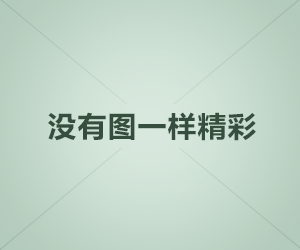如何治疗抑郁症最有效配图,仅供参考
PsychotherapyThe effectiveness of various forms of psychotherapy in depression has been well documented. Most of the therapeutic effect seems to be due to common,nonspecific factors that may also be at work in medical care outside the specifically psychotherapeutic setting. The most important among these factors is a systematically established therapeutic relationship with an accepting,actively listening,and empathetic physician. The physician himself or herself thereby becomes a potent "therapeutic agent," whose importance can scarcely be underestimated.
Most psychotherapeutic approaches to the treatment of depression involve the following strategies:
As in pharmacotherapy,patients should be regularly re-evaluated for the possible emergence of side effects,and therapeutic efficacy should be assessed after an adequate period of treatment.
# Supportive measures
Roughly 60% of patients undergoing sleep withdrawal therapy experience a marked improvement of mood for 1 to 2 days thereafter.
The main disadvantage of sleep deprivation treatment is that its beneficial effect lasts no more than 1 or 2 days in about 80% of patients. If the treatment is effective,it can be repeated once every 3 to 4 days. An absolute contraindication is a history of epileptic seizures; relative contraindications include bipolar or psychotic forms of depression.
The effectiveness of light therapy with special apparatus has been unequivocally documented only for seasonal depression (winter depression) ). Physical activity probably has a beneficial effect on the resolution of depression and can be recommended as a supplementary treatment,even though the scientific data to support this are as yet inadequate ). Treatments that are currently under investigation include aerobic training and endurance training (treadmill running) ).
The most effective of all treatments for depression is probably electroconvulsive therapy (ECT),for which the current main indication is treatment-resistant depression ). Because of the specialized personnel and apparatus that this form of treatment requires,and also because of persistent,widespread misgivings about it,ECT is used only when multiple previous therapeutic attempts have failed,or when the patient explicitly requests it. Its beneficial effect typically appears after one to three weeks of treatment with three ECT sessions per week. Its major clinical drawback is the high rate of early recurrences in the first 16 weeks—up to 75% of patients who are not subjected to continuing treatment. With good maintenance therapy,the percentage of early recurrences can be reduced to about 35%,but such recurrences cannot be eliminated.","department":"


